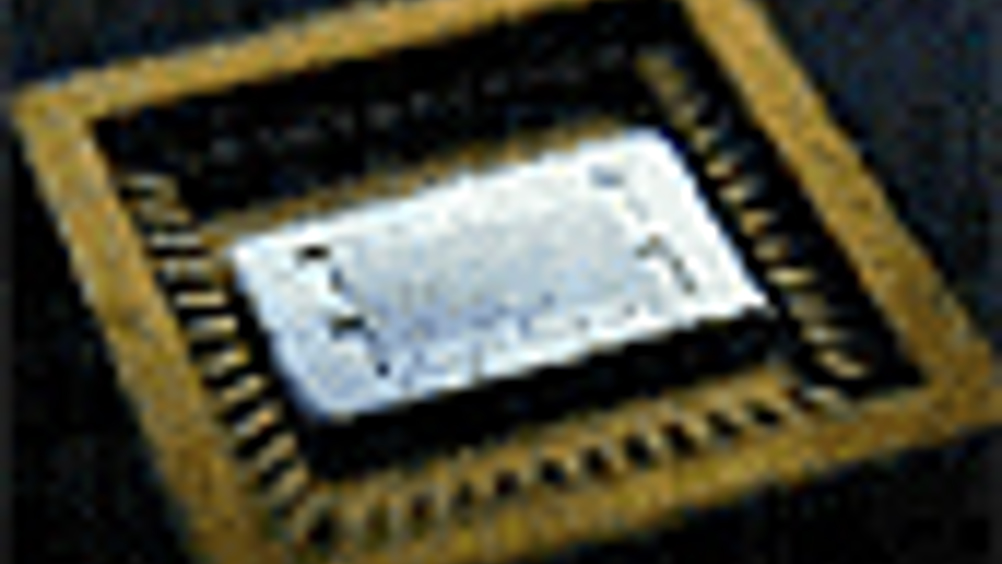Bursting the cheap-chip bubble barrier
A Princeton-led team has developed a method of eliminating the tiny air bubbles that form when liquid droplets are moulded into intricate circuits, which could lead to smaller, cheaper microchips.

A
-led team has developed a method of eliminating the tiny air bubbles that form when liquid droplets are moulded into intricate circuits. The development could lead to smaller, cheaper microchips.
Led by Professor of Engineering Stephen Chou, the team worked to troubleshoot one form of nanoimprint lithography, a method invented by Chou in the 1990s. Nanoimprint uses a nanometre-scale mould to pattern computer chips and other nanostructures, in contrast to conventional methods that use beams of light, electrons or ions to carve designs onto devices.
This technique allows for the creation of circuits and devices with features not much longer than a nanometre, which the researchers said is more than 10 times smaller than possible in today's mass-produced chips, yet more than 10 times cheaper. Nanoimprinting could be used in the future manufacturing of computer chips and a broad range of nanodevices for use in optics, magnetic data storage and biotechnology, among other disciplines.
Register now to continue reading
Thanks for visiting The Engineer. You’ve now reached your monthly limit of news stories. Register for free to unlock unlimited access to all of our news coverage, as well as premium content including opinion, in-depth features and special reports.
Benefits of registering
-
In-depth insights and coverage of key emerging trends
-
Unrestricted access to special reports throughout the year
-
Daily technology news delivered straight to your inbox










UK Enters ‘Golden Age of Nuclear’
The delay (nearly 8 years) in getting approval for the Rolls-Royce SMR is most worrying. Signifies a torpid and expensive system that is quite onerous...